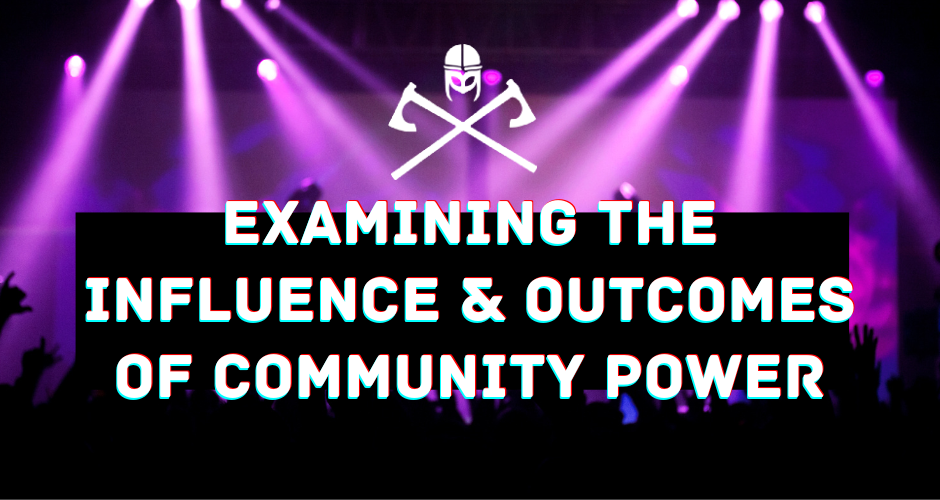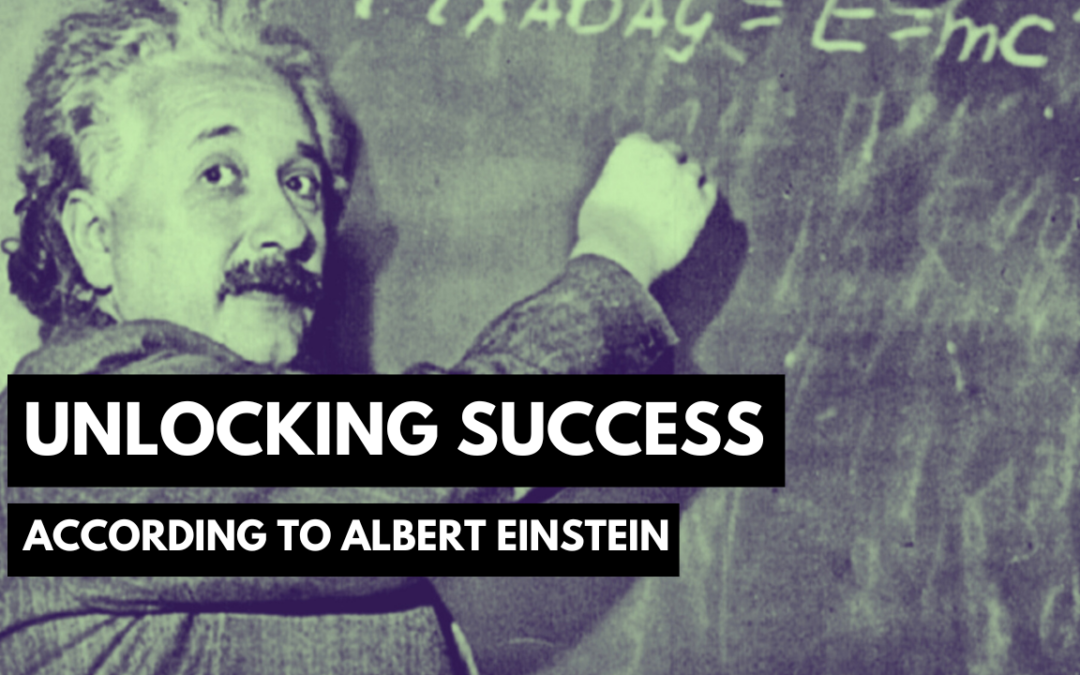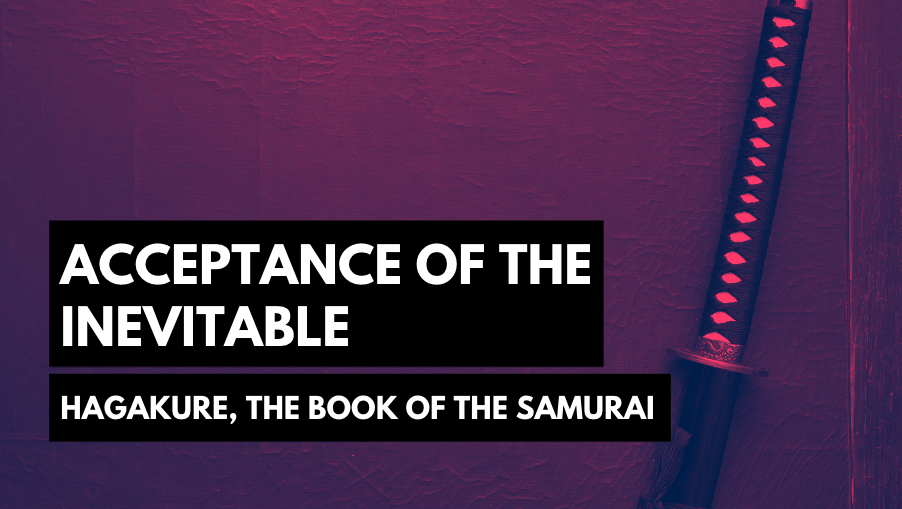
by Gene Crawford | Nov 26, 2023 | Podcast
Dive into the evolving landscape of unionization in the tech industry with our insightful episode featuring Ethan Marcotte who draws from extensive research he’s done for writing his book You Deserve a Tech Union.
Explore the transformative power of collective action, fueled by instances like Google employees uncovering their role in Defense Department contracts, and discover the various forms organizing takes in tech companies. Our guest emphasizes the vital role of unions in addressing pay disparities, benefits, and job security, especially in the face of AI’s impact on the industry. Join us as we dissect the changing dynamics of tech workers and the labor movement, shedding light on the essential role of social media platforms like Twitter in connecting people. Don’t miss this enlightening journey into the world of tech workers and the evolving landscape of labor rights.
(more…)

by Gene Crawford | Nov 19, 2023 | Podcast
We’ve all felt it, that unexplainable sense of belonging when we’re around people who get us, who share the same passions and interests. Like that time Scott found himself in the midst of a Phish show in Nashville, amidst the pulsing lights and throbbing music – a diverse crowd brought together by the love of the rhythm. This episode peels back the layers of community – be it the diverse crowd at a jam band show, the shared camaraderie in music spaces from Grateful Dead to Foo Fighters or even the sense of brotherhood in military and online spaces. We explore the dual power of communities, the way they can both unify us and lead to intolerance, and how they can shape our mindset and behavior.
We talk about important tenets of humanity – volunteering. We’re opening up about our experiences, about how pushing boundaries and stepping out of comfort zones can lead to a deeper understanding of others. Tune in to our reflections on the concerning rise of loneliness in our society, despite our ever-present screens and online connections. It’s an episode full of rich insights and thoughtful discussions.
(more…)

by Gene Crawford | Nov 14, 2023 | Blog
In our pursuit of success, we often find ourselves chasing the most coveted treasures: property, outward success, and luxury. These objects have been, and continue to be, symbols of achievement and prosperity. But have you ever stopped to ponder their true worth?
Albert Einstein once famously remarked;
“The ordinary objects of human endeavor — property, outward success, luxury — have always seemed to me contemptible.”
Albert Einstein
These profound words from one of the greatest minds in history invite us to explore the essence of human endeavor and to reconsider our definitions of success.
The Illusion of Property
Property, in its various forms, has long been a cornerstone of human society. From land ownership to material possessions, the concept of property has shaped our economic systems and personal identities. But is it truly a measure of success?
Einstein’s perspective challenges us to rethink the value we place on property. Instead of accumulating possessions, perhaps true success lies in the experiences and relationships we cultivate. The memories created, the moments shared, and the impact we have on others can be more enduring than any material possession.
Redefining Outward Success
In a world driven by external validation and societal norms, the pursuit of outward success often consumes us. We strive for recognition, promotions, and accolades, believing that they define our worth. But do they?
Einstein’s contempt for outward success encourages us to shift our focus inward. Success should not be measured solely by external achievements but by personal growth, self-awareness, and the ability to overcome challenges. True success emerges when we align our actions with our values and find fulfillment in our endeavors.
The Allure of Luxury
Luxury, with its promise of comfort and indulgence, can be tempting. It represents a life of abundance, free from limitations. But is the pursuit of luxury a noble endeavor?
Einstein’s perspective challenges us to consider the consequences of excessive luxury. While comfort and pleasure are important, they should not overshadow our responsibility to contribute to society and address pressing global issues. True success involves finding a balance between personal indulgence and a commitment to making the world a better place.
A Holistic View of Success
Einstein’s words serve as a reminder that success should not be confined to materialistic pursuits. Instead, it should encompass a holistic view of human endeavor. True success is about personal growth, meaningful connections, and leaving a positive impact on the world.
In our quest for success, let us not lose sight of what truly matters. Property, outward success, and luxury may have their place, but they should not define our worth. Success should be measured by the lives we touch, the values we uphold, and the legacy we leave behind.
Wrap Up
In the pursuit of success, it is essential to reevaluate our priorities and redefine our understanding of human endeavor. Einstein’s disdain for the conventional markers of success challenges us to seek fulfillment beyond property, outward success, and luxury. True success lies in personal growth, meaningful connections, and a commitment to making the world a better place.
As we navigate the complexities of life, let us remember that success is not a destination but a journey. It is about continuously striving to become the best version of ourselves and positively impacting the lives of others.
So, the next time you ponder the meaning of success, take a moment to reflect on Einstein’s words: “The ordinary objects of human endeavor — property, outward success, luxury — have always seemed to me contemptible.” Perhaps in that reflection, you will discover a new perspective on what it means to truly succeed.

by Gene Crawford | Nov 12, 2023 | Podcast
Get ready for an eye-opening journey that will change how you see failure. Featuring Doug Black, developer and pastor, We’ll show you that it’s not the end but a chance to grow. We begin with the story of Mousetrap, a prototype that faced manufacturing issues but taught many valuable lessons. Then, we’ll inspire you with the tale of someone who overcame some servere health issues to compete in American Ninja Warrior, turning discomfort into strength. We discuss the power of a growth mindset in business. We touch on AI and community dynamics, emphasizing the importance of perseverance. Join us in this empowering conversation about embracing failure and coming out stronger with a new outlook.
(more…)

by Gene Crawford | Nov 10, 2023 | Blog
In the annals of history, certain literary works have emerged as profound treasures, offering insight into the cultures and philosophies of times long past. One such masterpiece is “Hagakure, The Book of the Samurai.” This book, with its timeless wisdom, not only provides a glimpse into the life of a Samurai but also offers valuable life lessons that transcend centuries.
The Essence of Hagakure
Hagakure, written by Yamamoto Tsunetomo in the early 18th century, is a literary gem that captures the quintessence of the samurai way of life. The word “Hagakure” itself translates to “In the Shadow of Leaves,” a title that symbolizes the hidden nature of the samurai’s existence. This remarkable text is not merely a historical document but a guide to living a life of honor, discipline, and dedication.
The Way of the Samurai
Bushido, often referred to as “The Way of the Warrior,” is the foundational philosophy that underpins Hagakure. This moral code emphasizes virtues such as loyalty, honor, and self-discipline. Samurai, who were not just skilled swordsmen but also spiritual warriors, adhered to these principles with unwavering devotion.
Acceptance of the Inevitable
One of the most iconic passages in Hagakure imparts a lesson that resonates with individuals from all walks of life. It states,
“If you are caught unprepared by a sudden rainstorm, you should not run foolishly down the road or hide under the eaves of the houses. You are going to get soaked either way. Accept that from the beginning and go on your way. This way, you will not be distressed by a little rain.”
This seemingly simple advice holds profound meaning. It encourages embracing life’s challenges with grace and composure. Just as one cannot control the rain, we cannot always control the challenges life throws at us. However, by accepting them with equanimity, we can navigate through adversity and emerge stronger.
Applying the Lesson to Life
The wisdom encapsulated in these words can be applied to various aspects of life, transcending the realm of the samurai. Let’s explore how this lesson is relevant in the modern world.
Facing Life’s Challenges
In a world where uncertainty is the only certainty, the ability to accept unexpected challenges is invaluable. Whether it’s a sudden career setback, a personal crisis, or a global pandemic, the principle of embracing adversity is a powerful tool for maintaining mental and emotional well-being.
Cultivating Resilience
Resilience is a quality that enables individuals to bounce back from setbacks. Just as the samurai accepted being drenched by the rain, we too can approach life’s trials with resilience. By doing so, we can develop inner strength and adaptability.
Achieving Mental Peace
The art of acceptance is closely linked to achieving mental peace. When we acknowledge that not everything is within our control, we free ourselves from unnecessary worry. This allows us to focus on what we can change and make the most of every situation.
Navigating Career Challenges
In the professional sphere, unforeseen challenges often arise. By applying the wisdom of Hagakure, individuals can approach setbacks with a positive mindset. This approach fosters innovation, adaptability, and a determination to succeed.
The Hagakure stands as a timeless beacon of wisdom. Its teachings on acceptance, resilience, and embracing life’s challenges have universal relevance. Just as the samurai were expected to live by the code of Bushido, we too can draw inspiration from these timeless principles. The rain may fall, but our response to it defines our character.
By applying the lessons of Hagakure, we can navigate life’s storms with grace and emerge stronger on the other side. In a world where the unexpected is the only certainty, the wisdom of the samurai remains as relevant as ever.





